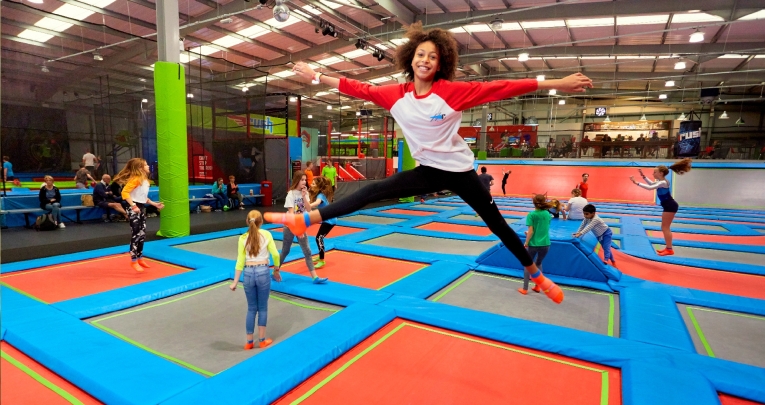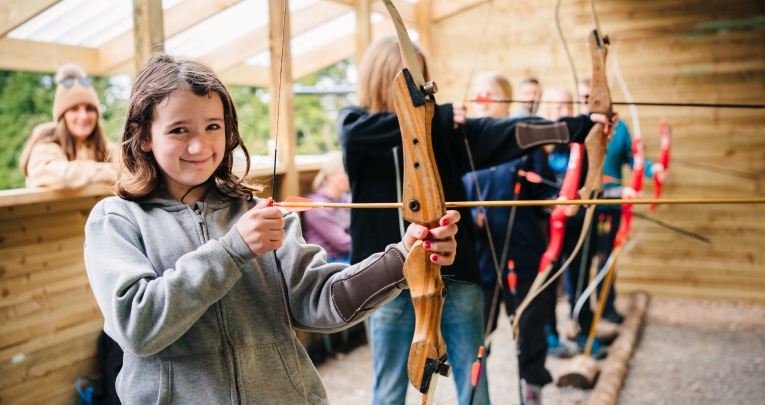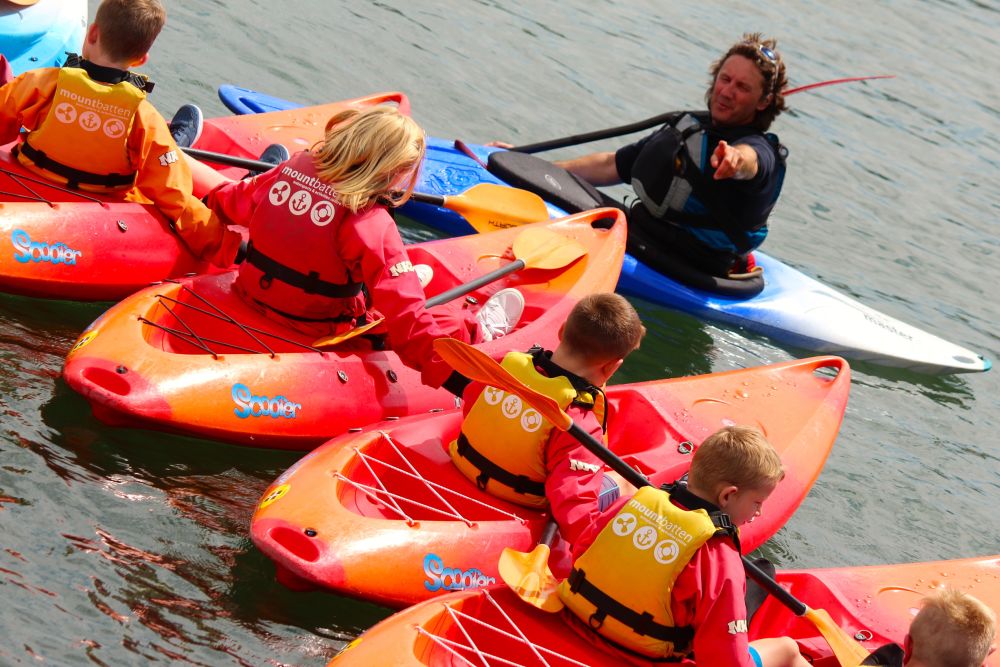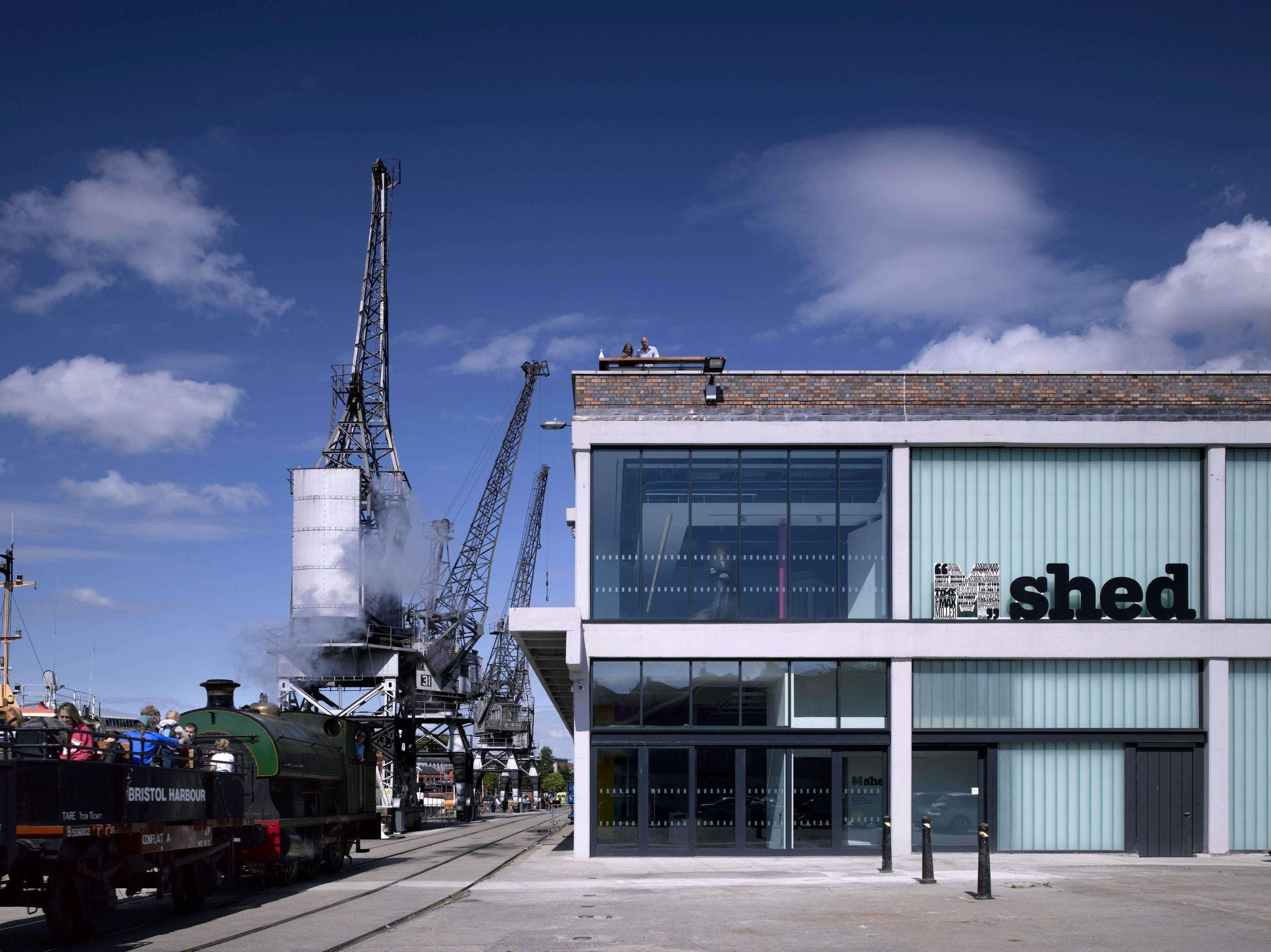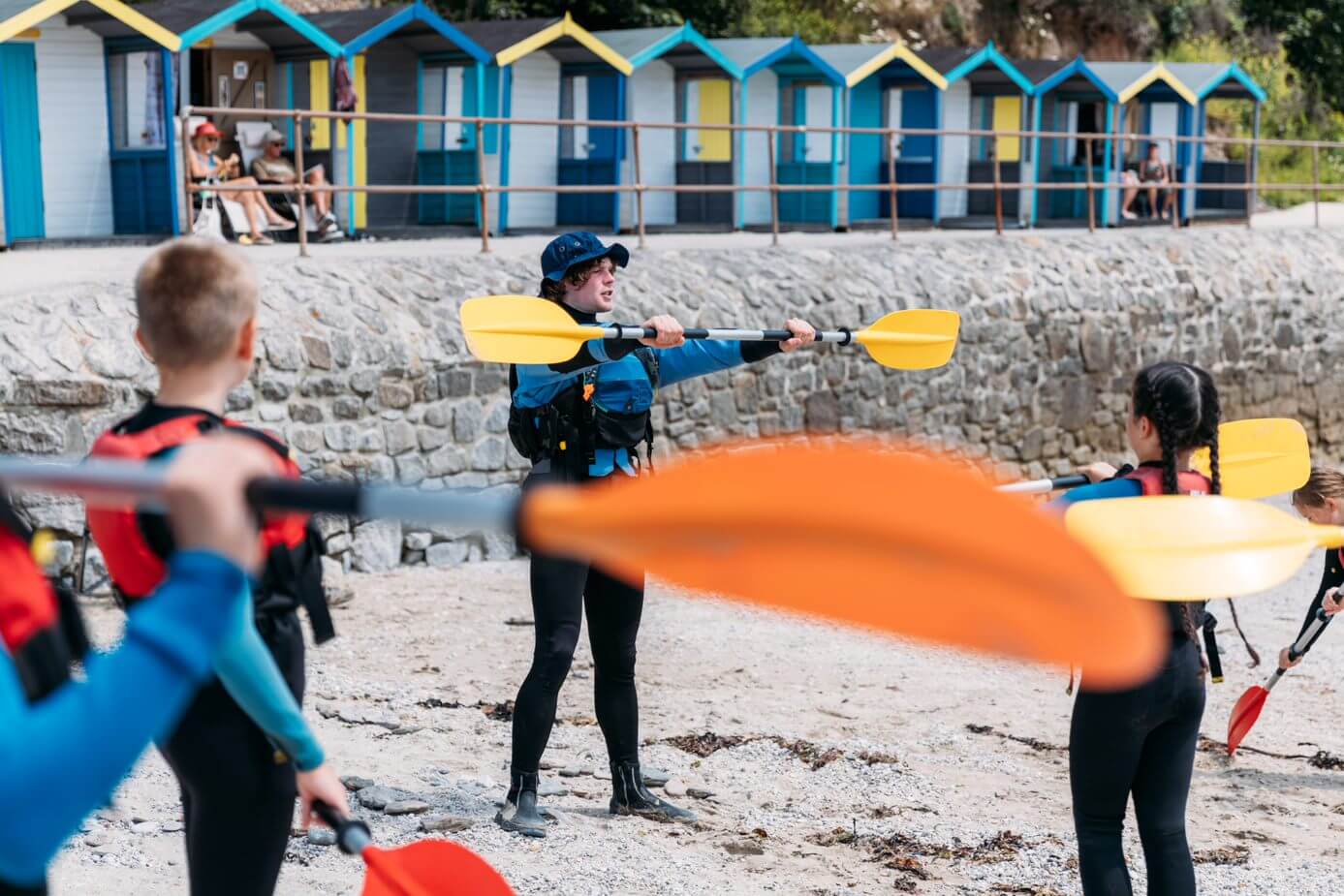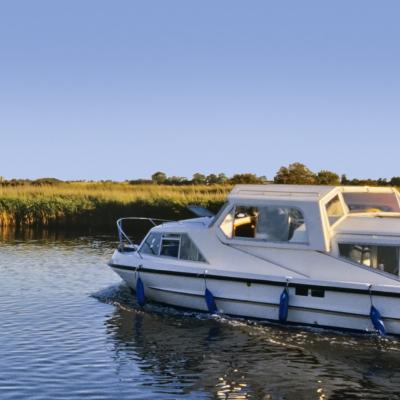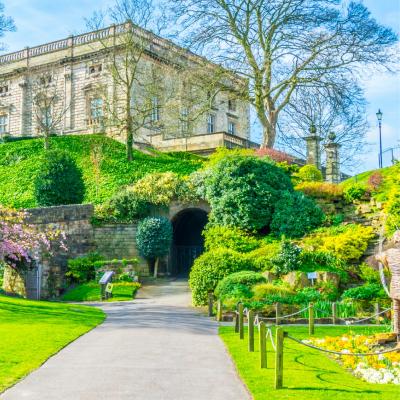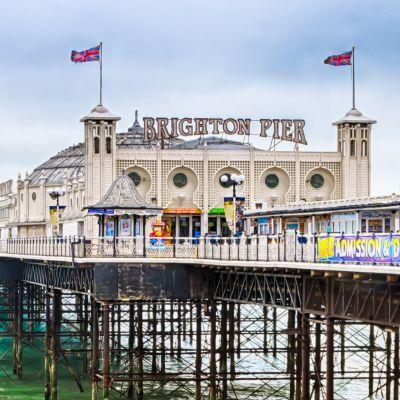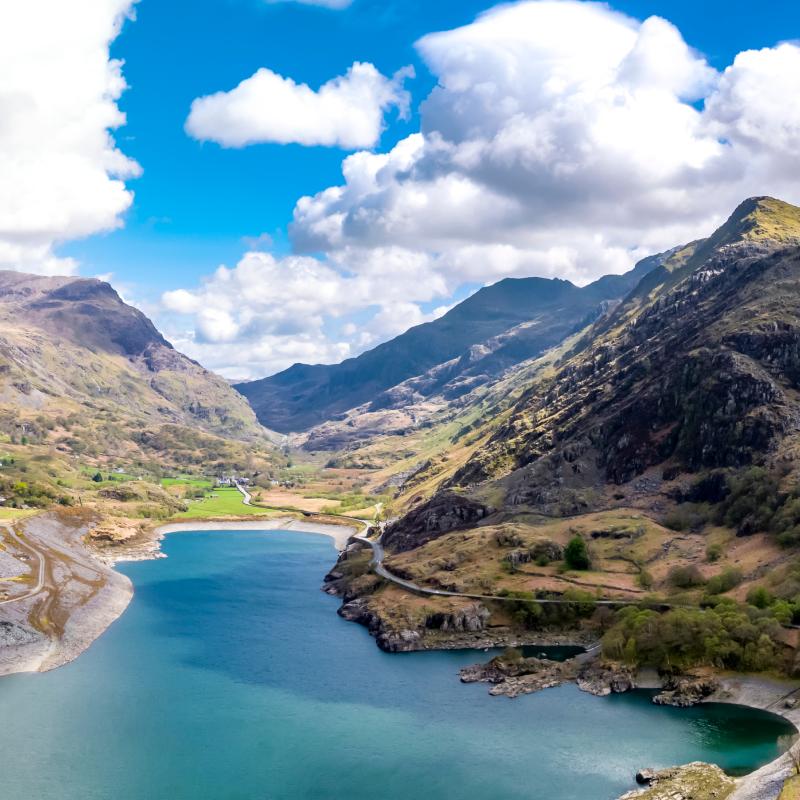Roman Baths
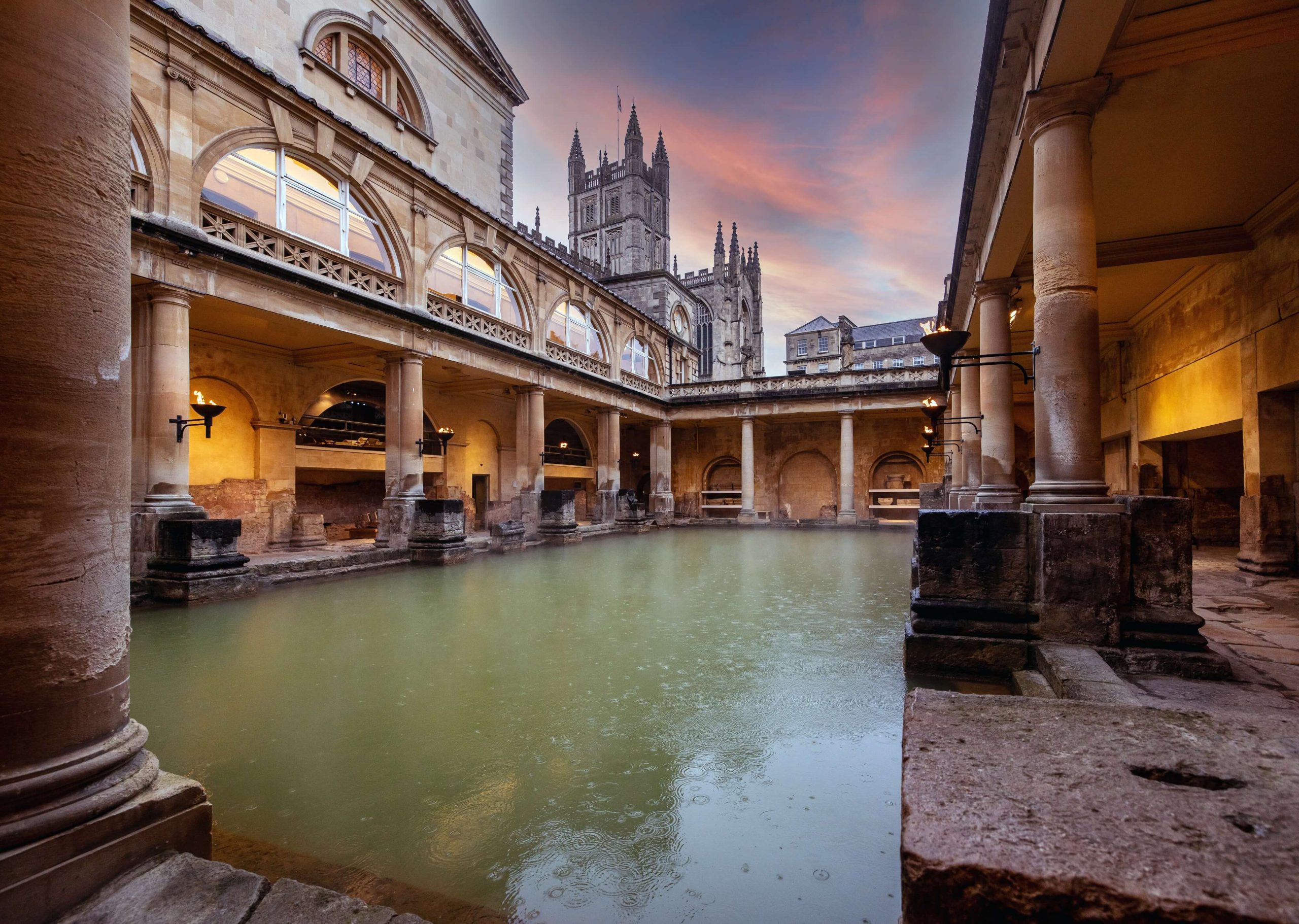
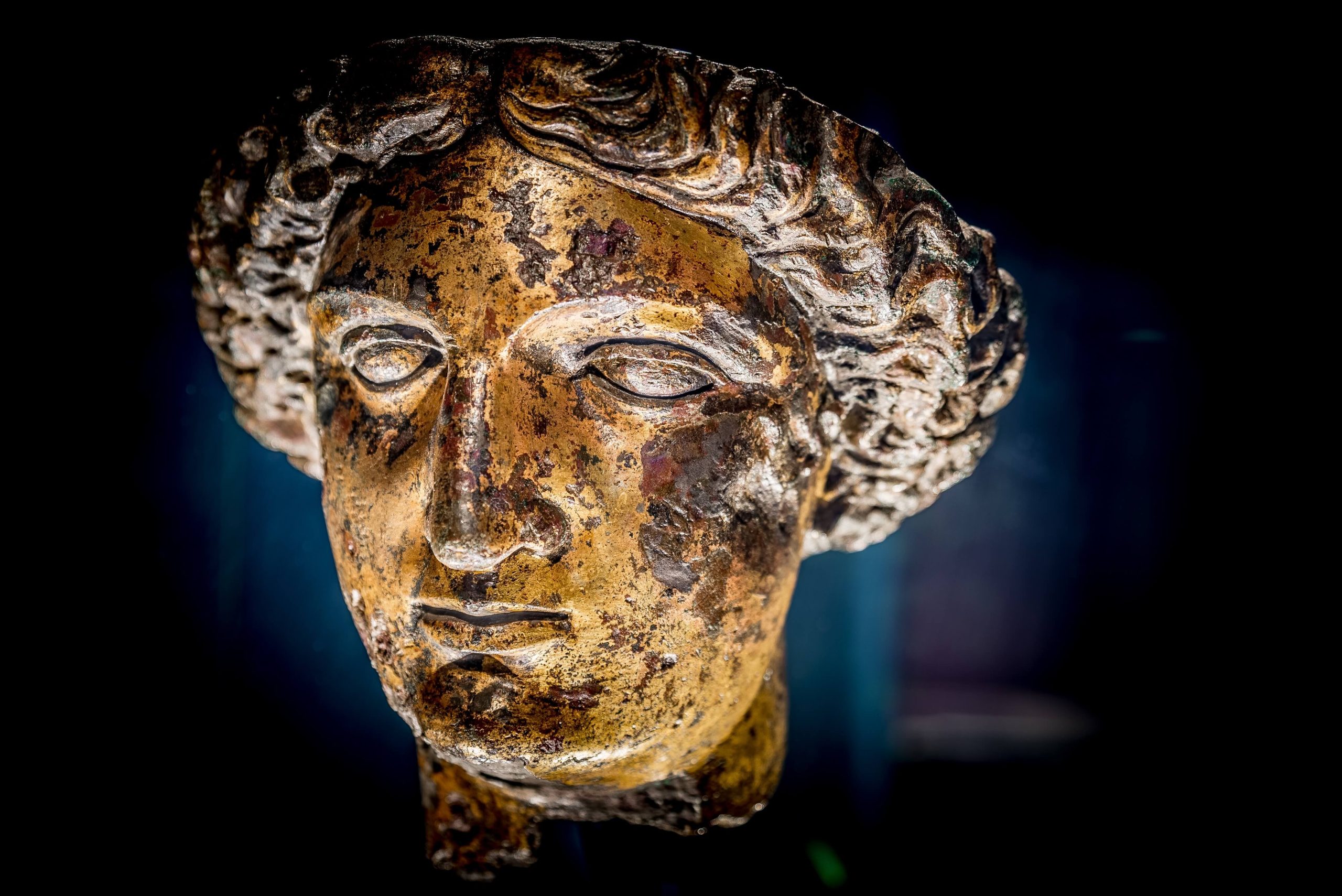
Photos of Roman Baths
What will students see and do?
In the centre of Bath sits a religious spa from the ancient world where people came to worship the goddess Sulis Minerva and bathe in the natural waters.
The baths sit more than six feet below modern street level. Students arriving today can explore the complex, walk on original Roman pavements and visit the temple ruins, as well as seeing the water’s source, the only hot spring in Britain.
The visit comprises four main features: the hot spring, temple, bathhouse and artefacts.
Displays cover the history of Bath, the Roman occupation, the significance of the artefacts, and the excavation process that uncovered the baths. Exploring the baths allows students to examine Roman engineering up close, including the sewer and aqueduct system.
Costumed characters on-site bring history to life. A soldier, slave girl, stonemasons or priest might be a part of the day, sharing the lives of real people who worked at the baths 2,000 years ago. Torches bring the site to life in the evenings, lit at around 4pm in the winter and 6pm in the summer.
Within the collection, students can see prehistoric material including flints, a gilt bronze head of the goddess, and Roman objects from the temple, the baths, and the surrounding area. The photographic collection tells the story of the site and the archaeological digs.
The Clore Learning Centre delivers interactive learning sessions in which students can dress as Romans, handle artefacts and investigate Roman building technology. They can also try their hand at archaeology in the investigation zone, excavating replica objects from a specially built dig site.
How does the trip link to the curriculum?
At the Roman Baths, schools can book teaching sessions that tie closely to national curriculum subjects. These sessions lend excitement to local history by letting students interact with objects in the displays and challenging them to observe and draw conclusions from those objects and historical sources.
But the topics covered at the baths range far beyond history. The teaching sessions focus on daily life in Roman Britain, including bathing, religion and Latin languages. Everything is directly linked to the archaeological site and collections.
Lessons can cover various science and environment topics as well, including weathering, corrosion and basic physics. Biology lessons explore health and disease by looking at the water and the lead that lines the baths.
Special plans for older students focus more on business studies, specifically talking about the baths as a business and the relationship between the baths and the beauty industry. The study of the bathhouse offers the opportunity to compare that industry to modern-day spas and saunas.
The proliferation of Latin inscribed around the site allows students to study language as well, transcribing and translating inscriptions from tombstones and altars.
Subjects covered
Teaching resources provided
Teachers bringing groups to the Roman Baths for history trips have several resource options available.
One resource that encourages interactive learning is the Roman Baths kids app, downloadable from the App Store or Google Play. It allows children to uncover fascinating facts about life at the baths, play games, or take a quiz to find out which Roman god or goddess they are most like.
On-site, students get access to audio guides free of charge. These special children’s versions come in English, French, German and Mandarin.
Teacher packs help you plan self-guided visits with ideas for pre-visit, on-site and follow-up activities. The material provided is organised by Key Stage with a range of cross-curricular topics that work with a variety of teaching methods.
Worksheets and other resources help teachers bring topics like biology, maths and chemistry into what would normally be a simple history lesson.
Minimum and maximum group size
School groups must comprise at least 20 people to receive a discount. Groups are limited to a maximum of 30 people per booking.
Details of risk assessment
The Roman Baths’ operator provides a basic risk assessment that covers most of the general risks at the site.
The assessment includes specific details for certain areas of the baths as well, including the Investigation Zone, Gymnasium and Laconium.
Don't miss our downloadable A-Z guide on completing a risk assessment

Facilities On-Site
School groups are permitted to bring packed lunches. The lunchroom for school groups is located near the upper teaching room.
Toilets can be found near the entrance at main reception, with a second set at the exit to the baths. A gift shop offers souvenirs with Roman and Georgian themes.
Opening Times
The Roman Baths are open every day, except 25th-26th December. In winter, hours are 10am to 5.30pm, while in summer the baths stay open until 9pm.
Pricing
Standard pricing for weekday tickets is as follows (varying by season):
Adult: £17.50-£23
Child (6–18): £10-£15.50
For school groups with students younger than 12, one teacher may attend free per ten students. For groups with students 12 and older, one teacher may attend free per 15 students. Coach drivers also receive free admission.
Schools in Bath and north east Somerset are admitted free of charge.
Travel arrangements
The Roman Baths sit in the centre of Bath, which can be reached easily by coach and rail from London and most major cities in the UK. The bus station is a five-minute walk from the baths, while the Bath Spa railway station is a ten-minute walk away.
If driving, the most straightforward route from the north is via the M5 and M4.
A pick-up/drop-off point located at Terrace Walk/North Parade sits about five minutes away from the baths, while the coach park on Avon Street is roughly ten minutes away.
Address
Abbey Church Yard, Bath, Somerset
BA1 1LZ
Book your school trip to Roman Baths
For information on booking your school trip to this venue, click below.




